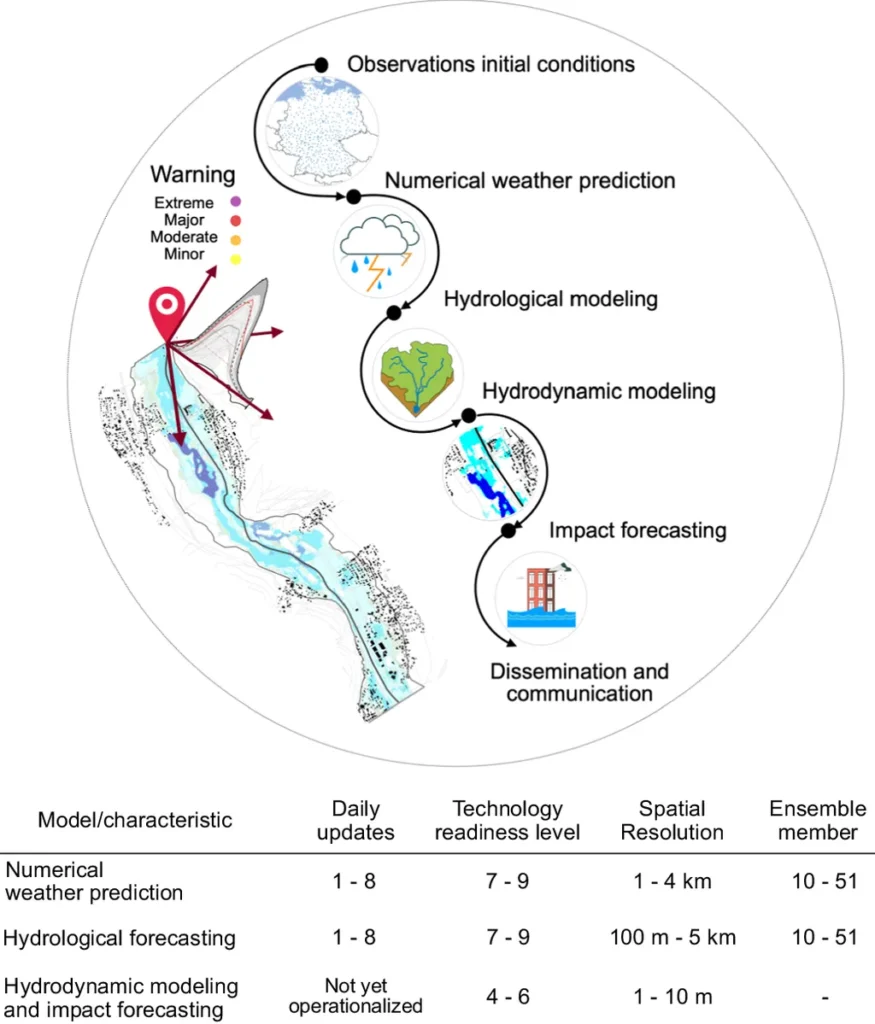In the heart of Thailand’s Phitsanulok province, a quiet revolution is underway, one that could reshape how we approach flood management and disaster risk reduction, particularly in lowland agricultural areas. Dr. Sittichai Choosumrong, a researcher from the Department of Natural Resources and Environment at Naresuan University, has spearheaded the development of an innovative, low-cost flood monitoring system that integrates Internet of Things (IoT) technology with Geographic Information System (GIS) analysis. This system, designed to provide real-time water-level data, is not just a scientific breakthrough but a beacon of hope for communities vulnerable to flooding.
The system, detailed in a recent study published in the journal ‘Sensors’ (which translates to ‘สังเกตการณ์’ in Thai), is a testament to the power of combining cutting-edge technology with practical, field-based solutions. “Our goal was to create a system that is both affordable and scalable, something that communities at risk can easily adopt and benefit from,” Dr. Choosumrong explained. The system consists of ten monitoring stations equipped with ultrasonic sensors, strategically placed around sub-catchment areas to gather highly accurate water-level readings. These sensors feed data into a Python-based geospatial analysis platform, which processes the information using a 1-meter Digital Elevation Model (DEM) to define inundation zones and create flood depth maps.
What sets this system apart is its ability to generate dynamic flood maps in real-time. These maps provide critical information on flood extent, depth, and water volume within each sub-catchment area. “By automating the process of creating these maps, we can offer communities and authorities a powerful tool for flood prediction and response,” Dr. Choosumrong noted. This real-time data-driven approach not only enhances early-warning systems but also bolsters disaster preparedness and water resource management.
The implications of this research extend far beyond the agricultural fields of Phitsanulok. In the energy sector, for instance, flood monitoring systems like this can play a pivotal role in protecting critical infrastructure. Power plants, transmission lines, and other energy facilities are often located in lowland areas, making them susceptible to flood damage. A system that can predict flood extent and depth with high accuracy can help energy companies take proactive measures to protect their assets, ensuring uninterrupted service and minimizing repair costs.
Moreover, the integration of IoT and GIS technologies in flood monitoring opens up new avenues for innovation in the energy sector. As Dr. Choosumrong’s research demonstrates, low-cost sensors and real-time data analysis can provide valuable insights into environmental dynamics. Energy companies can leverage these technologies to monitor not just flood levels but also other environmental parameters that could impact their operations, such as soil moisture, water quality, and weather conditions.
The research also highlights the potential for scalable, community-based solutions in flood management. By providing an affordable and effective tool for flood monitoring, Dr. Choosumrong’s system empowers local communities to take charge of their own disaster preparedness. This bottom-up approach can be particularly beneficial in developing regions, where resources for flood management are often limited.
Looking ahead, the integration of IoT and GIS technologies in flood monitoring is poised to become a standard practice in disaster risk reduction. As Dr. Choosumrong’s research shows, the combination of these technologies offers a powerful tool for understanding and managing flood dynamics. By continuing to innovate and refine these systems, we can build more resilient communities and protect critical infrastructure from the devastating impacts of floods.
In the words of Dr. Choosumrong, “This is just the beginning. The potential for IoT and GIS technologies in flood management is vast, and we are only scratching the surface of what is possible.” As we look to the future, it is clear that these technologies will play a pivotal role in shaping our approach to disaster risk reduction and environmental management.

